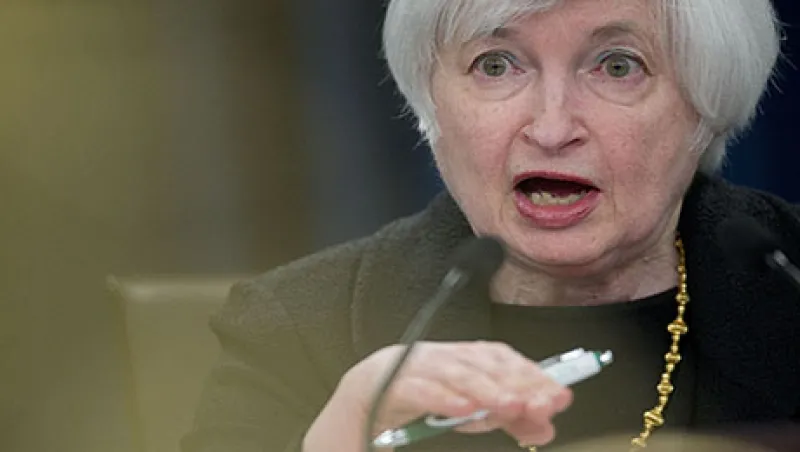Federal Reserve chair Janet Yellen has confused the market with her recent statements following the September 16–17 Federal Open Market Committee meeting and a week later in an hourlong speech, in which she noted the strengthening job market yet sluggish inflation. Since then, the weaker than expected employment report has once again pushed out market expectations for the first Fed rate hike. Whether the hike happens in October, December or next March, one thing is clear, however. When the Fed finally moves its base interest rate off near-zero levels, rates will remain at historically low levels for some time to come — probably a long time to come.
We at Northern Trust have held this view for a while. In fact, it’s the basis of key themes in our Five-Year Outlook, released in July. Under the heading of “Low and Slow Monetary Policy,” one of the key themes in our outlook, we anticipate monetary policy liftoff within the early part of our five-year time horizon, but its trajectory should be shallow thereafter. We also see the market gradually accepting that we are living in a low-yield world, dictated by another of our headings, “The Slow Burn of Low Growth,” in which global economic demand will be impaired by high aggregate debt levels, unsupportive demographics and transitioning emerging-markets economies.
Whereas this lower-for-even-longer view is becoming a consensus among Wall Street strategists, the market is still forecasting a move up in short-term rates, with the forward curve pricing in 72 basis points now for one-month Treasury bills at the end of 2016, versus zero today. That price anticipates two — or perhaps even three — Fed rate hikes of 25 basis points each, with further hikes down the road.
But this expectation of higher rates embedded in the forward curve is nowhere near where it has been in the recent past. The recent sharp fall in bond yields is now much closer to pricing in our lower-for-longer view. So the search for yield continues, and we believe those looking for returns in traditional fixed income should accept that this low-yield environment is not going to change anytime soon. One consequence is that the nature of yield will change as investors are forced to seek other alternatives. Like Ethan Edwards, John Wayne’s character in The Searchers, that classic John Ford western, they could search for years and, when they find what they are looking for, it may not be what they had originally expected.
The good news is that inflation is not eating into returns. Just look at the trend in the consumer price index:
1970s 7.1 percent
1980s 5.6 percent
1990s 3 percent
2000s 2.6 percent
since 2010 1.8 percent
Inflation is obviously lower in each decade, with the average coming out to roughly 4 percent over the period spanning more than 40 years. Subtract that from the 9 percent return on equities over that same period, and it is clear that a big chunk of returns — both fixed income and equity — was simply compensation for inflation.
Bob Browne is chief investment officer of Northern Trust in Chicago.
See Northern Trust Asset Management’s disclaimer.
Get more on macro.






